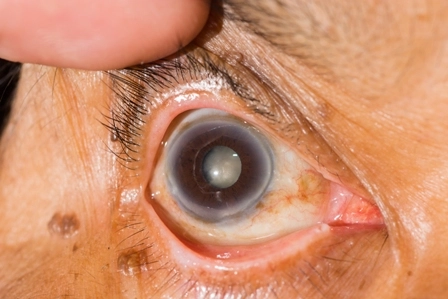Make Occipital Nerve Block Coding as Pain-Free as Possible

Know exactly how to code for a GON, LON, and TON nerve blocks. Consider a clinical scenario where a patient battling chronic headaches due to a malfunctioning occipital nerve gets treatment at your outpatient facility. Specifically, this treatment involves an occipital nerve block, which anesthetizes the misfiring nerve, offering the patient respite from the pain. In order to get the coding right, you’ve got to confirm a few sets of details including which of the three occipital nerves the surgeon performed the block on. Read further to feel fully confident and capable when you’re tasked with coding the occipital nerve block case that comes your way. Choose the Correct Occipital Nerve From 3 Choices You may see three different occipital nerves in the medical documentation for an occipital nerve block. Check them out below to learn more. GON: The greater occipital nerve (GON) originates from the posterior medial branch of the C2 spinal nerve and provides sensory innervations to the posterior area of the scalp extending to the top of the head. One common condition stemming from the involvement of the GON that you will often see is occipital neuralgia. Surgeons typically inject the GON at the level of the superior nuchal line just above the base of the skull for occipital headaches or neck pain. LON: The lesser occipital nerve begins at the lateral branch of the ventral area of the C2 and C3 spinal nerves. This nerve is tasked with innervating the area of the scalp and head posterior to the ears. “The lesser occipital nerve is several inches away from the greater occipital nerve so these nerves are not reached through the same injection site,” according to CPT® Assistant Vol. 26, No. 10. “The lesser occipital nerve is at the side of the head by the ear, whereas the greater occipital nerve is at the very back of the head.” Surgeons typically perform a LON injection behind the patient’s ear. TON: The third occipital nerve (TON) is the superficial medial branch of C3 dorsal ramus. The TON is neither anatomically nor functionally synonymous with the GON. Understand Different Kinds of Nerve Blocks If the surgeon treats the patient’s occipital neuralgia by administering an occipital nerve block, you have several CPT® code choices. Code 64405: If the surgeon performs a greater occipital nerve block without any radiologic guidance for the greater optical nerve, you should report 64405 (Injection, anesthetic agent; greater occipital nerve). Code 64450: If the surgeon diagnoses LON involvement, he may perform a block for the LON without radiological assistance. You then report 64450 (Injection, anesthetic agent; other peripheral nerve or branch). However, CPT® does not assign a specific code for LON block procedure, so, 64450 doesn’t specifically refer to the LON. “CPT® includes only a limited number of codes for injecting specific peripheral nerves. If one is not specified, like LON, then code 64450 is applied,” says Gregory Przybylski, MD, immediate past chairman of neuroscience and director of neurosurgery at the New Jersey Neuroscience Institute, JFK Medical Center in Edison, New Jersey. Note: Codes 64405 and 64450 will be revised for 2020 to include injection of steroids. Code 64490: You may report code 64490 (Injection(s), diagnostic or therapeutic agent, paravertebral facet (zygapophyseal) joint (or nerves innervating that joint) with image guidance (fluoroscopy or CT), cervical or thoracic; single level) for the guided procedure on the TON. Caution: You should not separately report the local anesthesia with these occipital nerve block codes. The surgeon will administer local anesthesia into the overlying skin prior to administering the block. This helps to reduce the needle-track pain and ensures the patient is seated comfortably during the procedure. Surgeon Performed Nerve Destruction Instead? Do This If a nerve block is not enough to provide long-term pain relief for the patient, then the surgeon could then choose to perform nerve destruction. If the surgeon performs radiofrequency (RF) destruction at the terminal end of the nerve, you should report 64640 (Destruction by neurolytic agent; other peripheral nerve or branch).




